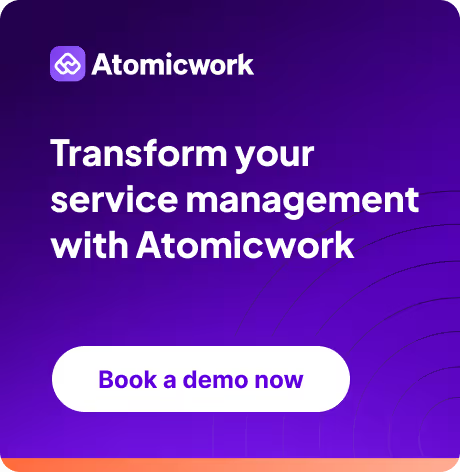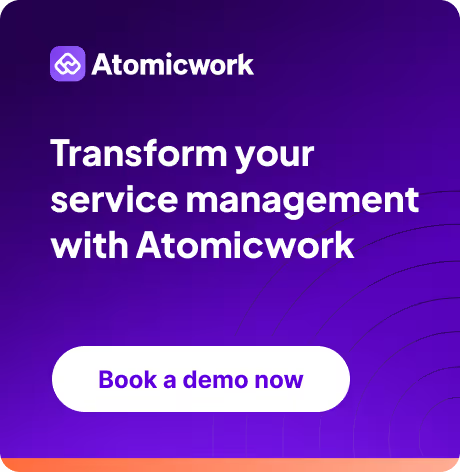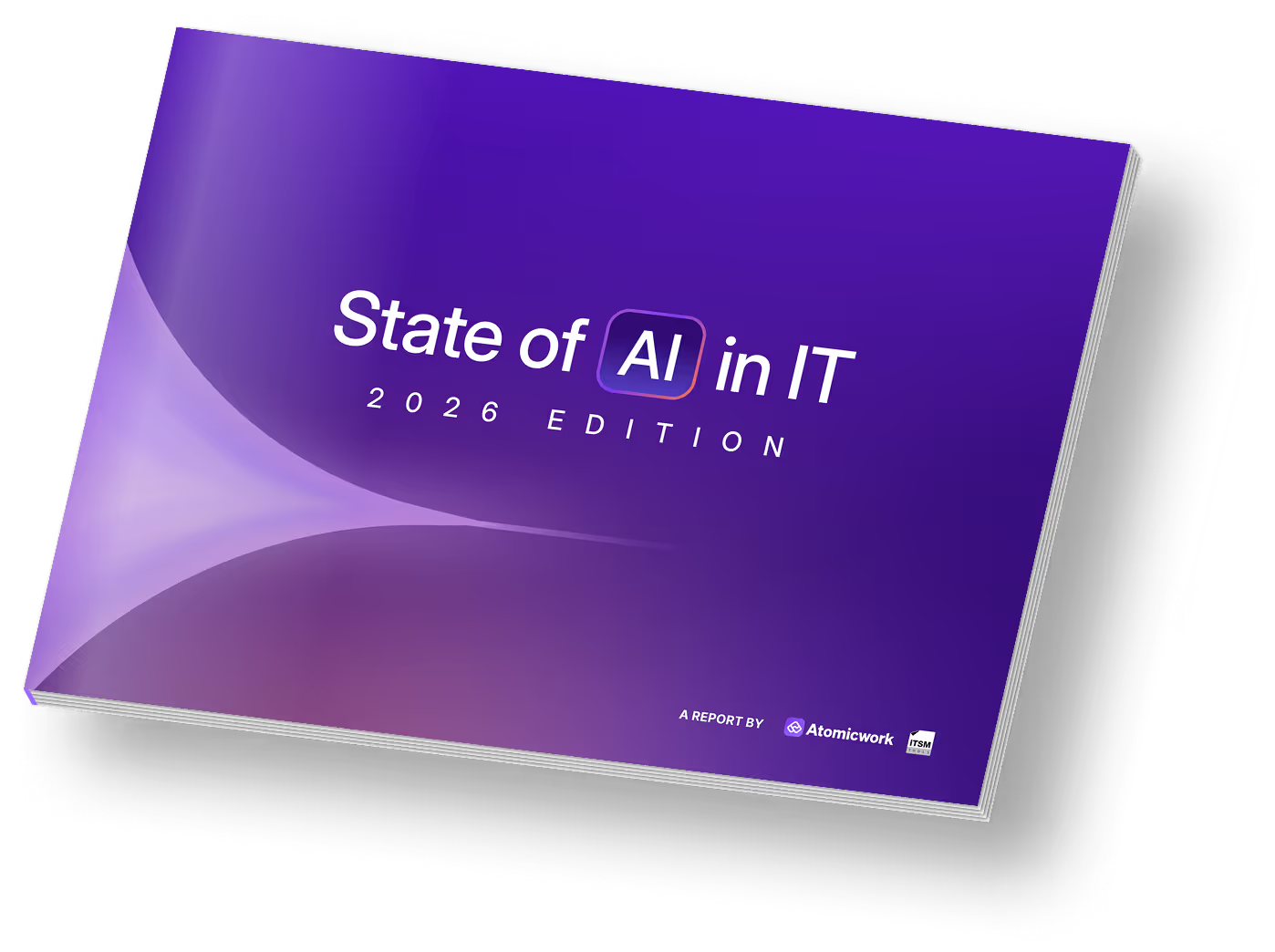How to use tech and how not to use tech: Suzanne Lucas aka Evil HR Lady

The pandemic has changed the way the world works—no two ways about it.
However, businesses across the globe are still grappling with this change. Even though the world has opened up, they are still figuring out the formula to deal with their people resources--remote, on-site, hybrid. It’s all happening.
And bang in the middle of all this action is HR.
The unshakeable truth is--HR isn’t a support function anymore. It is now playing a deeper strategic role and HR tech has become all the more important given that the dynamics of work is fast evolving.
According to McKinsey&Company’s ‘Reimagining HR: Insights from People Leaders’ report, “While the nature and purpose of the HR function have been evolving for years, the demands of the pandemic dramatically accelerated this transition. In interviews with more than 80 chief human resources officers (CHROs) at some of the largest organizations in the United States and Europe, we found more than 90 percent predict significant changes to the HR operating model during the next two to three years.”
We sat down with Suzanne Lucas, the famed HR leader and blogger, to get to the crux of what’s changed in the last few years, how tech will play a pivotal role in augmenting HR and, finally, how HR professionals can adapt themselves and their organisations for the new world.
A Reflection on the Covid and post-Covid Workplace
The Covid years--2020, 2021, and 2022--have changed the very fabric of what we feel, think, and process as ‘work’. Moreover, it has been, for lack of a better word, different, with its chaotic highs and lows.
Two major themes emerged in these years--change in workplace relationships and talent management (mass hiring, mass firing, The Great Resignation, et al)
Let us explore them both.
Suzanne believes that a workplace is all about relationships. Humans connect with humans to get work done.
And 2020 changed just that.
“In 2020, all of a sudden, just about everything could be done from home. Companies weren’t prepared for this switch. (Previously) we knew about each other. When we went home (and) when we communicated via instant messages, we had (an existing) relationship,” said Suzanne. “When time went on, with job changes, we didn’t really ‘know’ our co-workers. Team building is different remotely. (There’s a) disconnect, you aren’t ‘real’ to me.”
With this kind of relationship, Suzanne believes that Slack messages start feeling like Twitter because there isn’t any personal connection. One engages with colleagues electronically. And this leads to less-than-pleasant conversations and increased friction.
“In Slack, I don’t know you. I just know you as a person from marketing. If I think you are a big jerk, I’m going to tell you. You would never say that face to face,” said Suzanne.
On the talent hiring and firing bit, Suzanne has a contrarian take.
“In 2020, there were massive layoffs for no fault of companies. So, naturally, as the pandemic restrictions were lifted, there was mass hiring as businesses came back. It was above normal levels. We are (now) ‘slowing’ down and everyone is in a panic,” said Suzanne. “It (hiring) is less than it was in ‘21, and ‘22. It is back to 2019 levels, at least from a US perspective. It looks like we are slowing down, but we are stabilising. All these layoffs in tech, we know tech has been bloated.”
She also adds that the market is, in many ways, always volatile. It comes down to what one’s situation is.
“2020, ‘21, ‘22 are anomalies. It wasn’t part of the general economic cycles. Doesn’t matter if the economy is crashing or soaring. It is about your job. (Right now) there are massive layoffs in tech, (but), massive hiring in manufacturing. We need to step out and understand that the current situation has affected me, but it isn’t the end of the world and go from there,” said Suzanne.
Technology can play a pivotal role in bringing a semblance of stability to both these mega changes.
The Role of Technology in HR
According to the McKinsey&Company report quoted above, “Technology will continue to play an important role in HR. But now, it’s not so much about digitalizing processes to implement new self-service tools and the like, but about acquiring analytical capabilities to use big data.”
Suzanne agrees.
“The thing that HR needs to be aware of is how to use tech and how not to use tech. If you are automating processes that are bad processes, you end up doing bad things faster,” she said. “(For example) Employee relation software help HR figure out where there are problems. There is high turnover under this manager, this department, etc. It can put patterns, but only if you can use it right.”
HR folks have to understand not just what the technology can do, but also the trade-offs they need to make. For example, take the Application Tracking System (ATS). For any given job, within a matter of minutes, hundreds of people apply for it. Now, you, as an HR, have to filter through all of them to find the right candidate. Just to juxtapose, the same situation, without the present ease of applying, a candidate would have to see the job posting in maybe, a newspaper, see if their skill set matches the requirement, get a printed resume, and physically send it to the company. Now, there is no cost to applying for a job, thanks to technology.
“Now, we have ATS, you can (just) upload your CV. There is a lot more noise because when a job is up 300 people apply. We have noise to filter through. There are trade-offs,” said Suzanne.
Suzanne is of the belief that HRs need to approach things in an innovative way and find the right balance between human and tech intervention to navigate the evolving needs of the modern workplace.
“HRs needs to approach things in a different way. I’m opposed to entry-level positions working from home. You need experienced professionals to teach them. You need to learn how to interact in a professional way,” said Suzanne.
The HR thought leader is of the opinion that there is always new tech coming out, it is all about using it the right way.
Talking about new tech, the present buzz is all ChatGPT. Is there a use case for HR to explore? Yes, believes Suzanne.
What’s going to be the role of ChatGPT in HR?
AI could play a big role in manager coaching.
“Vast majority of managers don’t get good training. Managers need to speak, provide feedback, and coach. Can you learn them? Yes!” said Suzanne.
Say, for example, imagine a manager is harsh with feedback, ChatGPT can help write the same emotion in four different tones. “I can show the manager that the same information can be put across in different ways,” Suzanne said. “It is an amazing coaching tool but needs a human touch. If you want to get something started, it is excellent at first draft.”
You can listen to the whole episode of Atomic Conversations here.
Frequently asked questions

Faq answer paragraph

Faq answer paragraph

Faq answer paragraph

Faq answer paragraph

Faq answer paragraph

Faq answer paragraph

Faq answer paragraph

Faq answer paragraph

Faq answer paragraph

Faq answer paragraph
You may also like...


































